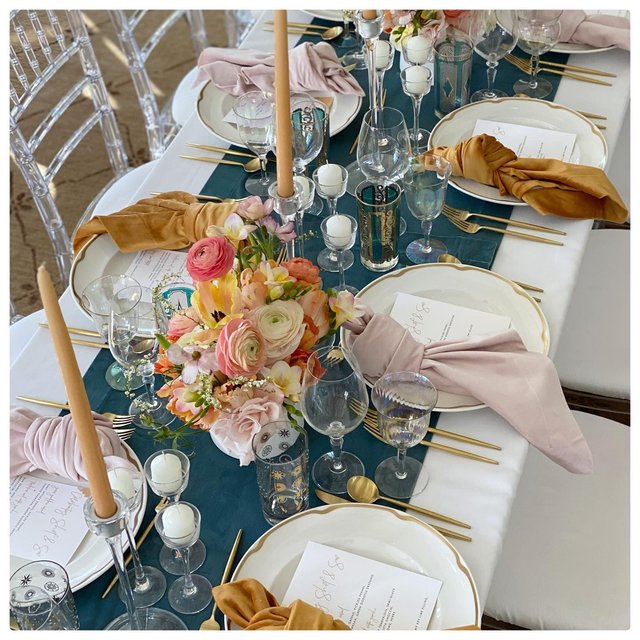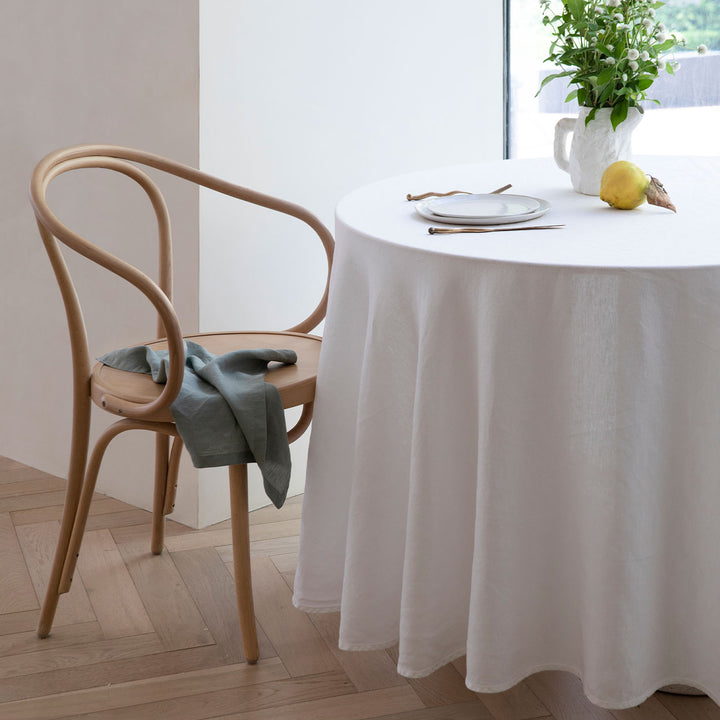Flat Sheet Purchasing Overview: What to Look for in Comfort and High quality
Flat Sheet Purchasing Overview: What to Look for in Comfort and High quality
Blog Article
Linen Material Innovations: Discovering Modern Trends and Creative Applications in Style and Fabric Sector
From lasting manufacturing approaches to cutting-edge weaving technologies, the advancement of linen is improving the landscape of the fabric sector. As we delve into the worlds of innovative layout applications and the appearance of bed linen blends and crossbreed textiles, a brand-new chapter unravels in which bed linen's function in future fabric advancements takes facility phase.
Sustainable Practices in Linen Manufacturing
Lasting methods in linen production have become significantly vital in the fabric industry's initiatives to reduce ecological effect and promote moral sourcing techniques. Linen, a natural fiber originated from the flax plant, provides a series of advantages such as longevity, biodegradability, and breathability. Nevertheless, traditional approaches of linen production can include considerable water intake, chemical usage, and energy-intensive procedures.
To resolve these obstacles, several textile makers are adopting lasting techniques throughout the linen manufacturing procedure. This consists of sourcing flax from natural ranches that avoid hazardous pesticides and chemicals, executing water-efficient retting strategies to essence fibers from the flax stalks, and utilizing environmentally friendly dyes and finishes. Furthermore, some business are purchasing renewable resource resources to power their production centers and decreasing waste through recycling and upcycling initiatives.
Technical Innovations in Bed Linen Weaving
With the expanding emphasis on sustainable methods in bed linen production, the fabric market is now experiencing a rise in technical innovations especially targeted at changing the art of linen weaving. These advancements are reshaping the way bed linen textiles are produced, using raised effectiveness, high quality, and imagination in weaving methods.
One of the vital technical improvements in linen weaving is the integration of electronic looms. These sophisticated looms are geared up with software that enables intricate and detailed styles to be woven with accuracy. By digitizing the weaving process, producers can accomplish better uniformity and accuracy in their linen textiles.
Additionally, innovations in yarn spinning modern technology have actually enabled the production of finer and even more durable bed linen threads - table cloths. This causes softer and smoother linen fabrics that maintain their top quality even after multiple uses and washes
Additionally, the development of green dyeing procedures and finishes for linen textiles is gaining traction. These sustainable practices not only lower the environmental influence yet additionally accommodate the increasing consumer demand for fairly created fabrics.
Creative Layout Applications for Linen
Innovative creative techniques are significantly forming the imaginative layout applications for bed linen in the textile sector. Bed linen's natural visual appeal and capacity to mix with other fabrics make it a favorite selection for creating unique garments and devices that cater to the ecologically conscious consumer.
Furthermore, designers are explore linen in home style, using its breathable and long lasting nature to craft trendy furnishings such as curtains, bedding, and furniture. The structure and drape of bed linen bring a sense of elegance and convenience to indoor rooms, including a touch of sophistication to modern-day homes.
:max_bytes(150000):strip_icc()/smooth-linen-tableware-sky-24_2000x-e91a79aab4354001b5445ec12d511141.jpg)
Bed Linen Blends and Crossbreed Fabrics

Hybrid fabrics, on the other hand, take the principle of blending a step further by incorporating additional components such as metallic threads, recycled materials, or conductive fibers. These innovative fabrics not only increase the design opportunities yet additionally present functional elements like conductivity, antimicrobial buildings, or boosted sturdiness. Crossbreed textiles are significantly being utilized in numerous markets, including style, interior decoration, and technical textiles, where the demand for multifunctional products is on the surge.
Bed linen's Role in Future Textile Innovations

In the world of future fabric developments, bed linen is anticipated to be a key gamer in the growth of sophisticated functional textiles. Researchers and designers are checking out ways to boost bed linen's integral high qualities with technical developments, such as including wise fabrics, nanotechnology, and efficiency finishes. These developments intend to boost linen's performance qualities, making it suitable for a wider series of applications, from activewear to protective apparel.
Additionally, the combination of linen with various other all-natural or synthetic fibers opens countless opportunities for creating unique textiles with unique homes and performances. By leveraging linen's attributes and checking out ingenious blends, the textile market is positioned to present exciting growths that satisfy developing customer demands and sustainability needs.
Conclusion
In final thought, the exploration of sustainable techniques, technological improvements, creative style applications, bed linen blends, and its role in future textile advancements highlight the continuous development of bed linen fabric in the modern-day design and fabric industry. With a focus on advancement and creativity, the flexibility and environmentally friendly nature of linen make it click resources a valuable product for producers and designers alike, leading the way for further developments and improvements in the field of textiles.
As we dive right into the worlds of imaginative design applications and the emergence of linen blends and crossbreed materials, a new chapter unravels in which linen's role in future fabric developments takes center stage.
Discovering the here are the findings fusion of linen with other textiles has led to the appearance of ingenious blends and crossbreed textiles in the contemporary fabric industry. Bed linen blends provide a special mix of the attributes of linen with those of other fibers, resulting in textiles that have enhanced residential or commercial properties such as enhanced resilience, enhanced draping, and reduced wrinkling.The advancement of bed linen blends and crossbreed textiles has actually set the phase for Bed linen to play a critical role in driving future fabric technologies.In the world of future textile innovations, bed linen is anticipated to be a vital player in the advancement of innovative functional textiles.
Report this page